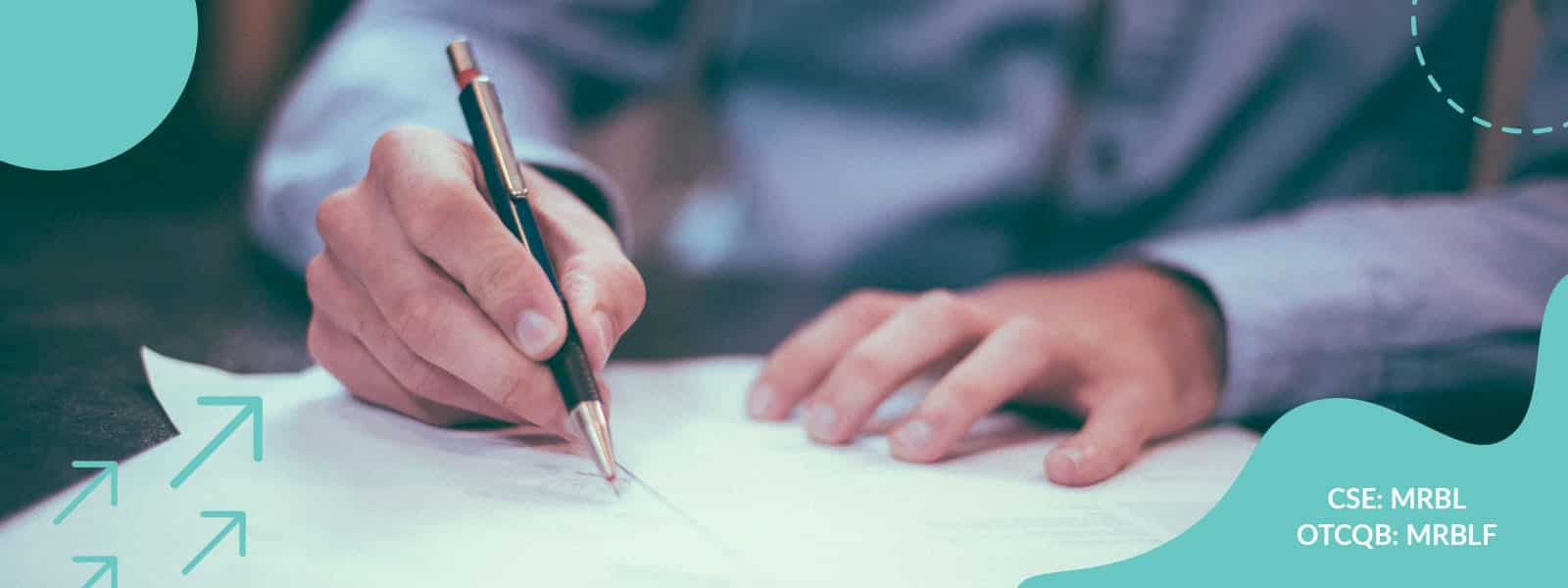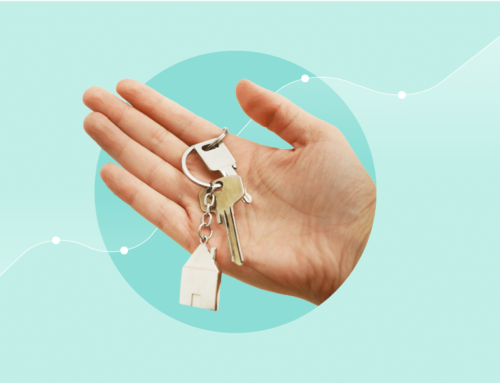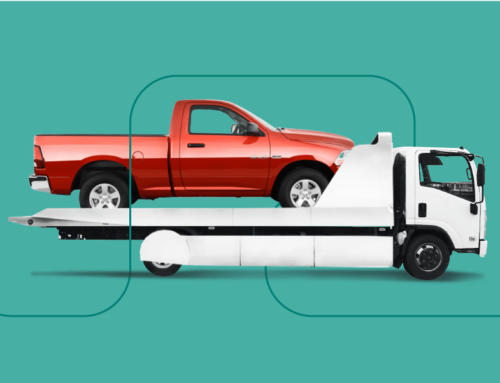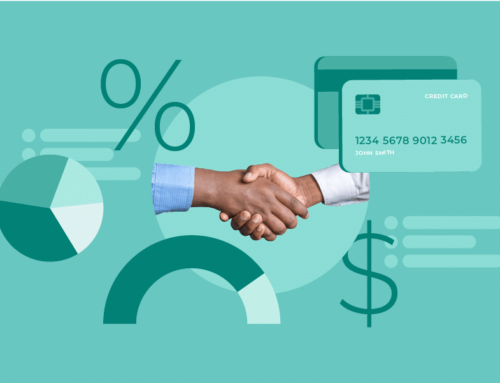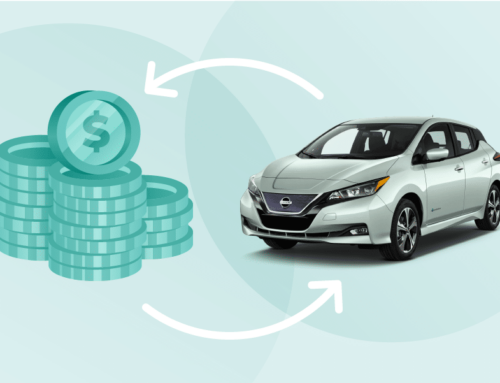What’s the difference between a consumer proposal and bankruptcy? Is one better than the other? There are many similarities and differences between the two and both options should be weighed carefully based on your financial situation. Both are forms of debt relief; however, each has significant short and long term impact. In some financial situations, you may not have a choice between the two.
Let’s look at the similarities and differences and weigh your financial options for debt relief in Canada.
The similarities between a consumer proposal and bankruptcy
Both bankruptcy and consumer proposals are designed to provide people who have significant debt that they cannot repay with a fresh start. And it works. The instant that either bankruptcy is filed or a consumer proposal is accepted, there is instant debt relief. Collections calls stop. Creditors stop trying to get their money back. You get your life back, so to speak.
Likewise, both debt relief scenarios are governed by the Bankruptcy and Insolvency Act, which are provincial laws and regulations issued by bankruptcy and insolvency trustees. For example, when you seek debt relief, you will meet with a licensed insolvency trustee for financial advice. They will consider your income, assets, and debt. Depending on your financial situation, you may have a choice between bankruptcy versus a consumer proposal.
While consumer proposals and bankruptcy do offer debt relief, they both have repercussions on your credit score, credit report, and financial situation. Filing for bankruptcy and entering into an accepted consumer proposal will instantly negatively impact your credit score. They will also both be on your credit report, which is publicly accessible, for up to eight years.
Let’s take a look at the choice and impact of both.
The difference between a consumer proposal and bankruptcy
What is a consumer proposal?
We’ve written several posts on consumer proposals, including The good, the bad, and the ugly of consumer proposals, The real (and hidden) costs of a consumer proposal, and A consumer proposal journey from debt to relief.
In short, a consumer proposal is a legally binding agreement between you and your creditors to repay some or all of your debt. You work with an insolvency trustee to create one debt relief proposal for all of your creditors. The creditors then have to vote on it and the majority of them must agree to your terms.
If the majority of your creditors vote to accept your consumer proposal, all of your collective debt now boils down to one monthly payment for an agreed-upon amount of time, which can be up to five years. From then onward, you only communicate and work with your trustee, not your creditors and collections agencies. Likewise, unlike bankruptcy, you can pay your entire consumer proposal debt early if you can and want to.
If they do not accept your terms, then you must file for bankruptcy.
Likewise, in order to qualify for a consumer proposal, your debt must be unsecured (that is, not tied to an asset like a house or car) and be between $1,000 and $250,000. As we said, the choice is not always in your hands when it comes to a consumer proposal versus bankruptcy in Canada.
A consumer proposal will cost you
With a consumer proposal in Canada, you get to keep your assets and have one fixed monthly payment with no interest. This amount is based on how much you owe and can afford to pay back. Usually, with this, creditors get 25 to 30 cents on the dollar amount that you owe. This is much more debt than you would repay in a bankruptcy, which will discuss shortly. This is also why creditors prefer consumer proposals over bankruptcy—because they get more of their loan back.
Not only will you repay more of your debt back, but filing a proposal costs about $1,500 and the trustee also takes the first 20% of your monthly payments as an administration fee.
What is bankruptcy?
For bankruptcy, on the other hand, creditors may get 10 to 15 cents on the dollar of your debt. This is a much lower return for your creditors and maybe a better deal for you. However, with bankruptcy, you will be required to surrender or repurchase any non-exempt assets and pay the trustee 50% of new monthly earnings if it is more than what the Office of the Superintendent of Bankruptcy sets for your bankruptcy terms.
Contrary to popular belief, bankruptcy doesn’t necessarily that you will lose all or even any of your assets. It all depends on the terms and your situation.
Interestingly, this means that people would rather pay three times more with a consumer proposal than declare bankruptcy. Although both impact your credit for the long and short term, the main reason that many people don’t want to file for bankruptcy is psychological. People just don’t like the idea of “going bankrupt.”


